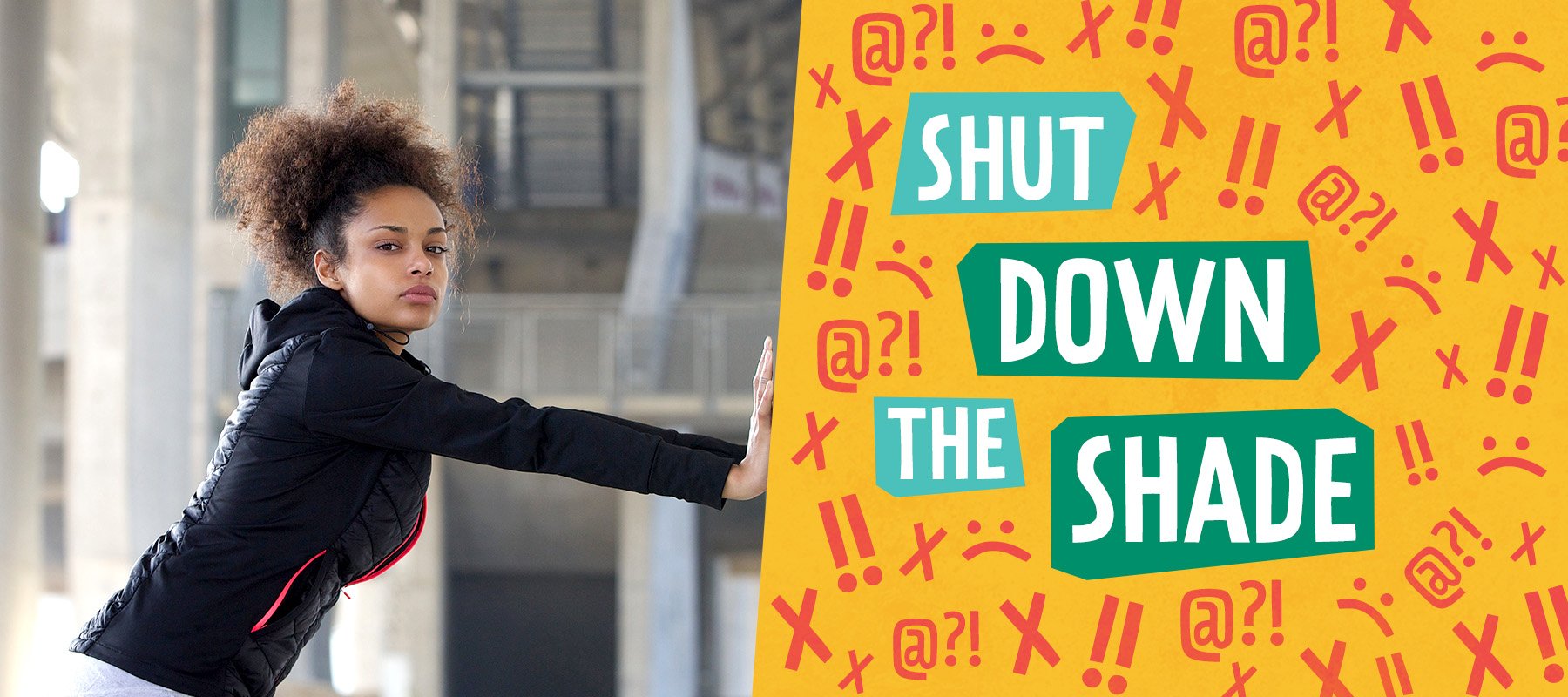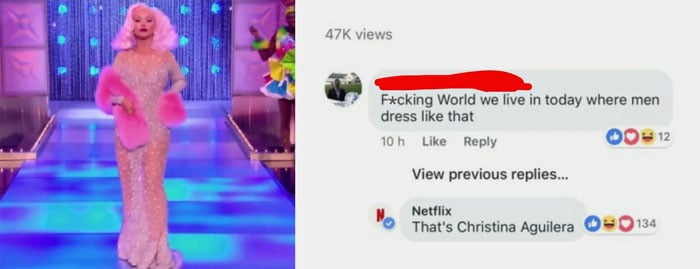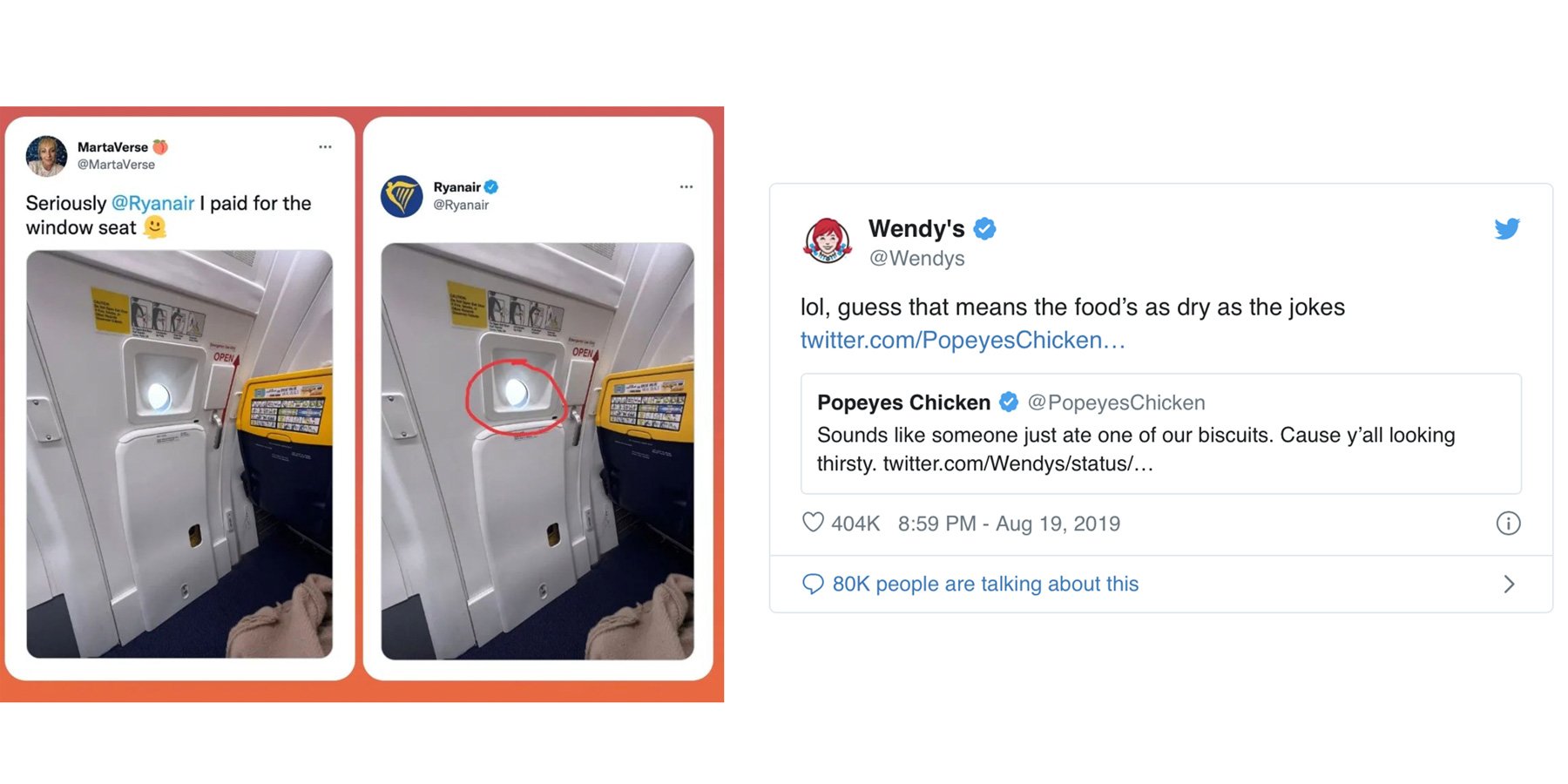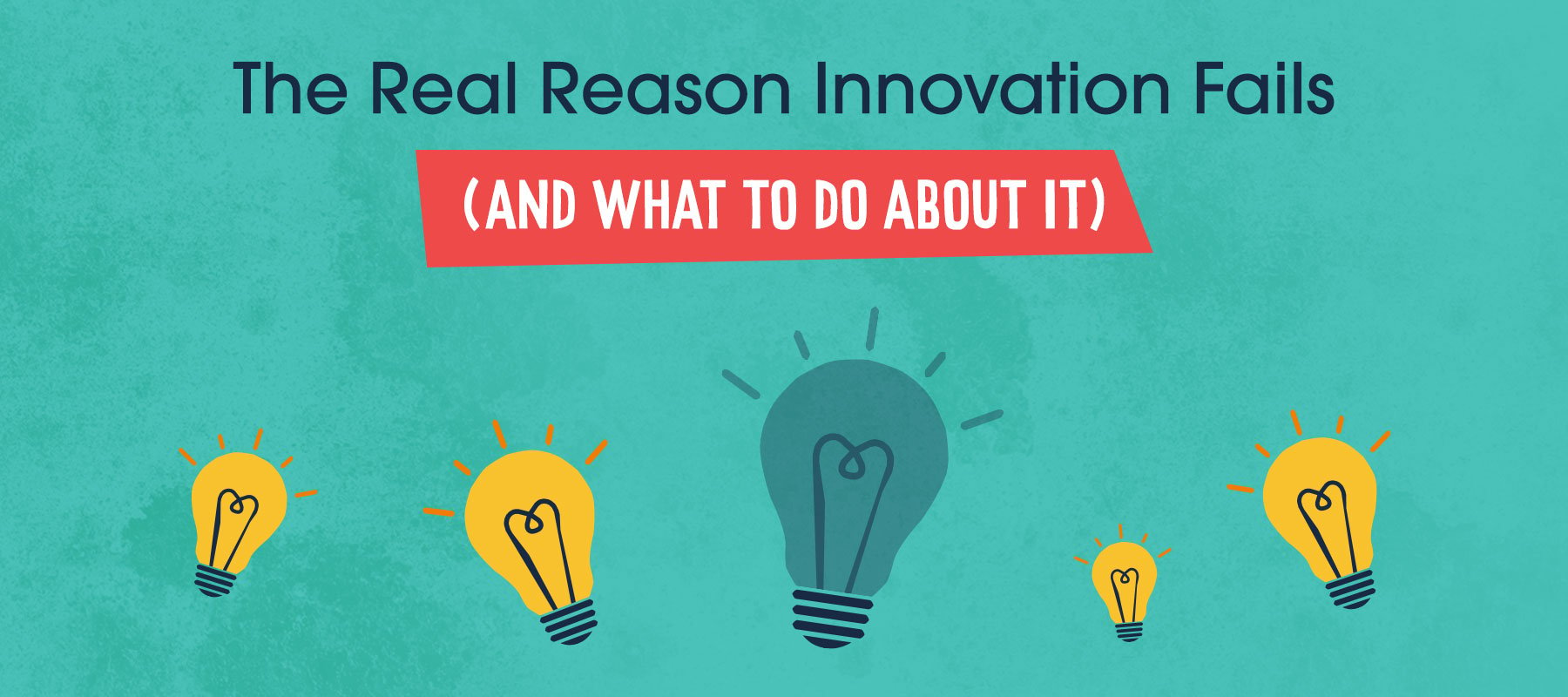2 min read
Shut Down the Shade: How to Respond to Backlash to Your Pride Campaign
 Steven Cortese
:
Mar 14, 2024 7:52:57 AM
Steven Cortese
:
Mar 14, 2024 7:52:57 AM

Come June, we can expect to see the usual suspects up in arms about brands engaging in (or even supporting) LGBTQ+ Pride campaigns. Of course, not every brand will get the kind of backlash that Bud Light or Target got in 2023, but some sort of negative response is to be expected in a time with more than 450 active anti-LGBTQ+ bills. Here are a few strategies brands can use as part of their overall LGBTQ+ content strategy.
Ignore the Hatred
If you get hateful social media comments on posts about Pride or other culturally inclusive initiatives, the first step for most brands will be to simply ignore the comments. After all, most of these comments will lack substance, will be rooted in ignorance, and won’t be worth engaging with. It might not be right for your community managers to respond to these comments directly, but there’s still a chance your followers will go to bat for you and call out any hatred.
Prepare a Response Ahead of Time.
Don't be reactionary to criticism. Work with a PR representative ahead of your campaign to prepare a statement in case of backlash. Make sure your response is intentional and doesn’t try to split the difference to make everyone happy. Toeing the middle is just going to upset both the people criticizing you and the LGBTQ+/allied community. In short, don’t fall into the Bud Light or LA Dodgers trap by walking back your support of queer people.
Double Down on Your Support
If the goal of your Pride campaign is to reach out to and support the LGBTQ+ community, use any backlash to propel further messaging and solidarity. Some people may respond negatively to Pride messages because they feel threatened or excluded by inclusivity and progress. Figure out what aspects of your original messaging is bothering the haters—but loved by your target audience—and lean into it. This can remind critics that they won’t change your moral stance while also reminding LGBTQ+ people that you aren’t going anywhere.
Troll Them Back
Your social team and copywriters can use their tact and wit to hit back at haters with humor. Two great examples of this style of social media presence are Wendy’s or Ryan Air’s Twitter accounts. They’re able to punch back at negative comments in a way that doesn’t feel defensive and, with a touch of humor, illustrates how foolish the hateful comments are.


Consider Changing Up Your Ad Placements
If you are getting a lot of negative feedback on a paid ad campaign, one solution could be to reevaluate where your media is running. Try changing your audience parameters or consider running with LGBTQ+ publishers like Equal Pride or Q Digital.
No matter which strategy you use, your LGBTQ+ messaging needs to be rooted in authentic support for the community. If the only reason for your Pride campaign is revenue generation, you are going to be pulled in a million different directions once you see people saying negative things about your brand. If true community support is a brand value, then not backing down to the anti-woke mob will be the easy choice every time.

The Real Reason Innovation Fails (And What to Do About It)
Innovation is essential for long-term growth. Yet despite big investments and bold ambitions, many companies continue to fall short. Why? Because...
.jpg)
The Behavioral Science Secret to Marketing That Actually Changes Minds
More marketers today talk about behavioral science (BeSci) than ever before, but many are missing the real opportunity. Most use BeSci to improve...

